Avro Vulcan Anti White Flash
Production Time 9 to 10 weeks
Shipment is by FedEx, UPS or DHL International Express Courier with a normal door-to-door delivery time worldwide of within 2-3 business days after dispatch. Due to the current volatility of world fuel prices, the amount mentioned here is our best estimate for DHL and UPS and may be subject to change at the time of shipping.

Model Description: Avro Vulcan Anti White Flash Wood Replica Scale Custom Model Jet
Manufacturer: Avro
Wingspan: 16.8 Inches (42.7 Centimeters)
Height: 4.1 Inches (10.4 Centimeters)
Scale: 1:79
Registration: XL32I
$239.50
Production Time 9 to 10 weeks
-
United States dollar ($)
-
Pound sterling (£)
-
Euro (€)
-
Australian dollar ($)
-
Canadian dollar ($)
-
Singapore dollar ($)
-
Swiss franc (CHF)
-
Japanese yen (¥)
-
Danish krone (kr.)
-
Hong Kong dollar ($)
-
Norwegian krone (kr)
-
Swedish krona (kr)
-
United Arab Emirates dirham (د.إ)
General Product Description
Our PlaneArt Avro Vulcan Anti White Flash model exhibits unique, unrivaled quality and detailed design to come as close as possible to the accuracy of the actual plane. It comes as standard with a robust, durable base or stand which is available in a variety of different finishes designed to match your own personal requirements including solid wood, wood with polished metal supports or adjustable wood wall mount and will be ready within about 9-10 weeks from placement of order.
The Avro Vulcan Anti White Flash model is made of the finest kiln dried renewable mahogany wood (commonly known as Lauan or Meranti) which has undergone many stages of carving and meticulous and careful sanding giving the beautiful, finished museum quality masterpiece. Many collectors and model connoisseurs demonstrate their preference for genuine handmade and hand painted mahogany wood models rather than plastic or die cast (diecast) alternatives due to the overall look and totally different feel of the item - we trust you will find the same. We can however, if required produce the same model in Solid Cast Resin so just click and contact us for further information. Our craftsmen and gifted artisans ensure that our finely handcrafted model airplanes match the precise blueprint details of the original aircraft. The paint scheme, markings and parts are closely matched, reflecting the original aircraft. This stylish top-quality desktop replica model will surely enthrall anyone who receives this as a gift and for sure one of the most appropriate and desirably collectable gifts for any aviation enthusiast or avid military jet aircraft collector whilst also displaying a perfect resemblance to the actual real life version.
There are many types of military jet aircraft, but the basic types are bombers, fighters, fighter bombers, spotter planes, transporters, patrol aircraft, trainers, and reconnaissance and observation aircraft. All these types of aircraft are used for different types of missions. If you're a fan of historic or present-day military aviation, our model aircraft will bring the excitement and character of these aircraft right into your own home.
If you require, we can also make the Avro Vulcan Anti White Flash model in any other military, government or even private livery or colour scheme you require and if necessary, in a different size or scale. Just click here to contact us with a description or photographs of what you require, and we will let you have a quotation for the necessary customization by return email. We can also make bespoke scale replicas of any other private / civil commercial airliner or airliners, helicopter, glider, gliders with engines, military propeller, warplane jets, biplane, triplane, tail fin, spacecraft, rocket or NASA model you require in any airline, military or civilian livery or colors. We also produce model airships, blimps, dirigibles, blimps, boats, and ship collectibles. Wall plaque or seal for military, government or private customers. Again, by clicking here to contact us just let us know exactly what you need.
The Avro Vulcan: Engineering Marvel of the Cold War
The Avro Vulcan stands as a towering achievement in aviation history, a symbol of the technological ambition that characterized the Cold War era. Developed by A.V. Roe and Company (Avro) in the United Kingdom during the 1950s, the Vulcan was a part of the Royal Air Force’s (RAF) V-bomber fleet, designed to carry nuclear weapons as a deterrent against Soviet aggression. Beyond its military role, the Vulcan demonstrated significant advancements in aerospace engineering, aerodynamics, and performance capabilities that contributed to both military and civil aviation. This article delves into the key features and historical significance of the Avro Vulcan, underlining its legacy as an engineering marvel.
Revolutionary Design:
The Vulcan’s most striking feature is its delta wing design, a choice that endowed the aircraft with remarkable high-altitude speed and agility, characteristics uncommon for a bomber of its size. The delta wing, coupled with its sleek, futuristic appearance, made the Vulcan one of the most recognizable aircraft of the 20th century. The design also facilitated a substantial payload capacity, enabling the Vulcan to carry up to 21,000 pounds of bombs, including nuclear weapons, over long distances.
Technological Innovations:
Equipped with four Bristol Siddeley Olympus turbojet engines, the Vulcan achieved speeds of up to Mach 0.96 and could operate at altitudes above 55,000 feet. This performance was critical for its role in high-altitude strategic bombing, allowing it to evade early missile defense systems. The Vulcan also featured advanced electronics for navigation and bombing, which were cutting-edge at the time of its introduction. Its radar navigation system, in particular, was a significant advancement, enabling precise targeting in adverse weather conditions and at high altitudes.
Operational History:
The Vulcan served with distinction in the RAF from 1956 until retirement in 1984. Though designed primarily as a nuclear bomber, the Vulcan never dropped a nuclear weapon in combat. Its most notable operational use came during the Falklands War in 1982, in Operation Black Buck. These were the longest-ranged bombing missions in history at that time, demonstrating the Vulcan’s exceptional range and capability. The missions involved flying from Ascension Island to the Falkland Islands, requiring multiple air-to-air refueling operations.
Legacy and Preservation:
After its retirement, the Vulcan’s legacy continued through its influence on subsequent aerospace designs and its presence in air shows. The Vulcan XH558, affectionately known as “The Spirit of Great Britain,” was the last flying Vulcan until its final flight in 2015. Today, several Vulcans are preserved in museums and collections around the world, serving as a testament to the aircraft’s engineering excellence and its role during a pivotal period of the 20th century.
The Avro Vulcan remains a symbol of British innovation and military power during the Cold War, showcasing the extent to which engineering and determination can push the boundaries of what is possible in aerospace technology. Its iconic design, technological innovations, and operational history not only made it a key component of the RAF’s strategic capabilities but also left an indelible mark on aviation history.
| Weight | 6 kg |
|---|---|
| Dimensions | 16 × 16.8 × 4.1 in |


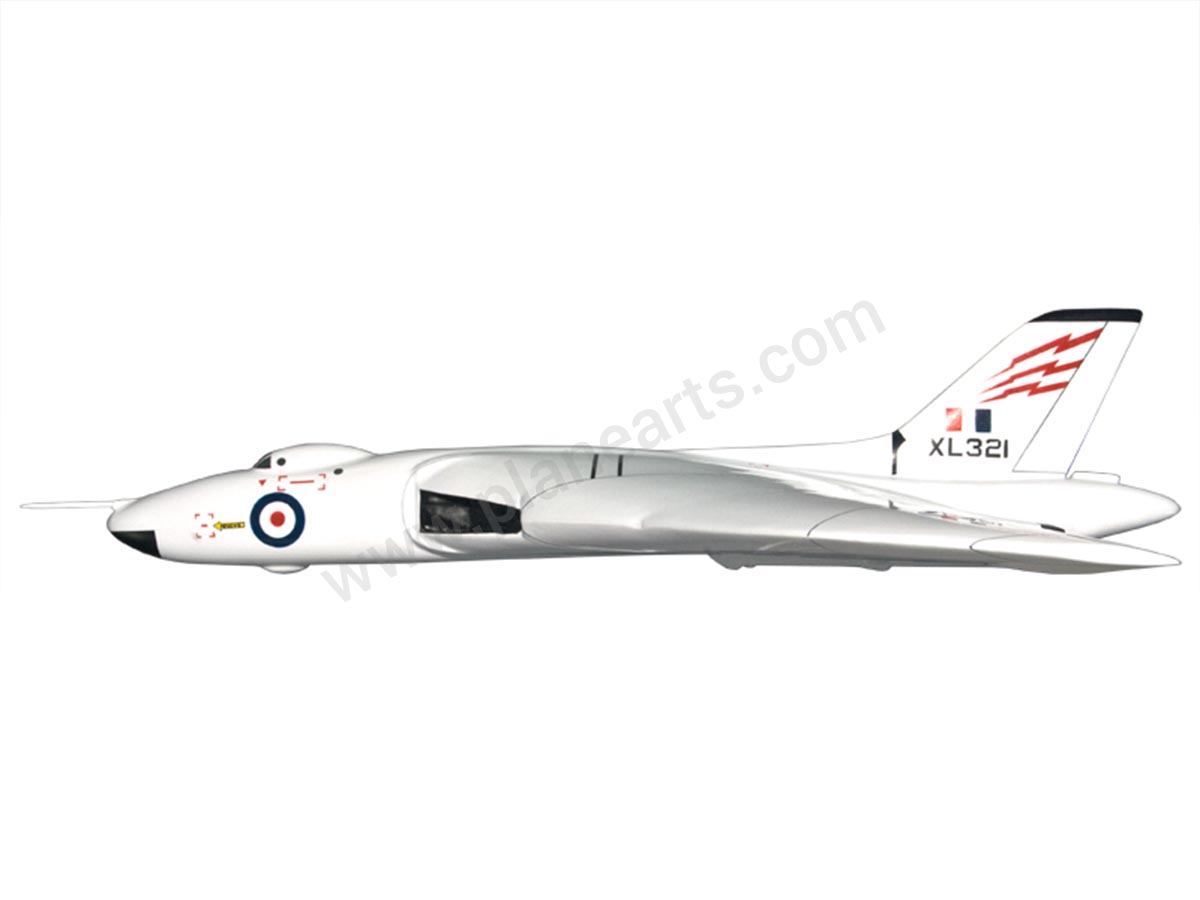
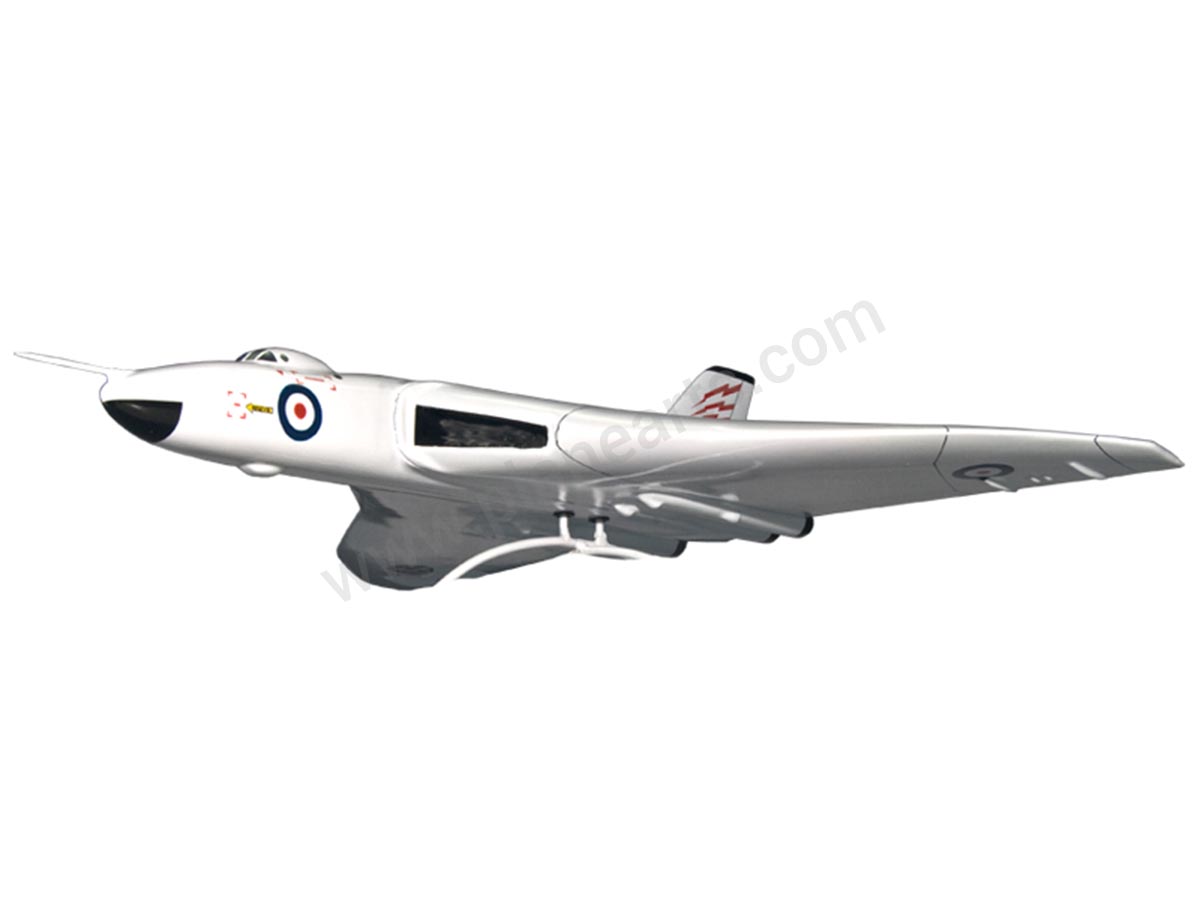
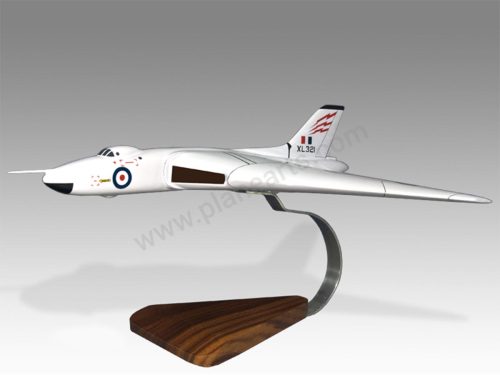

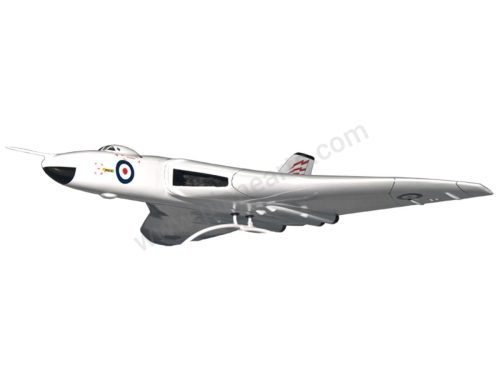
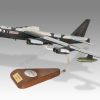
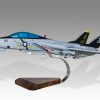
Reviews
There are no reviews yet.